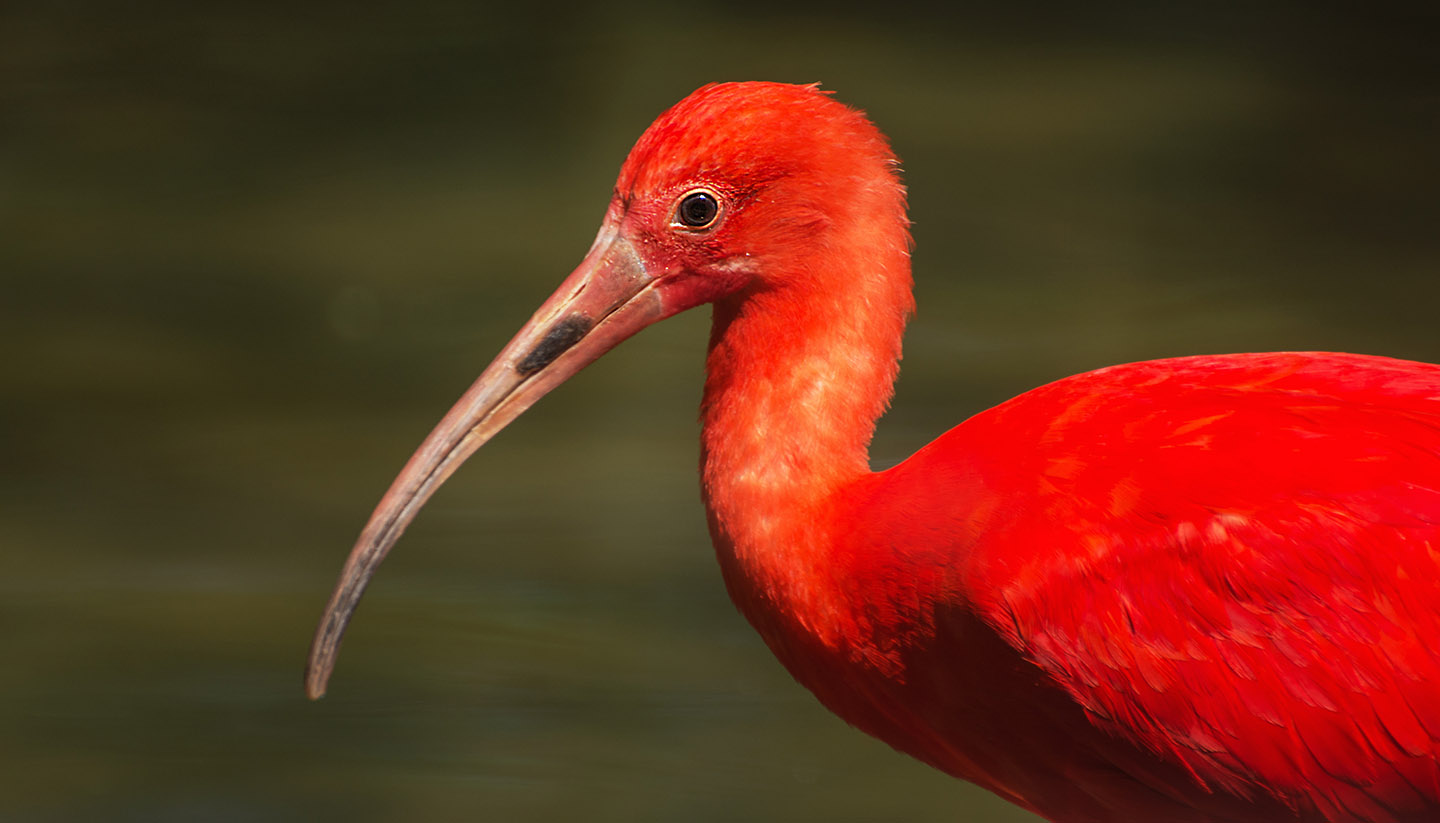Guyana History, Language and Culture
History of Guyana
Modern day Guyana is built on the legacy of European imperialists, who made their first foray into the region in 1499, when Alonso de Ojeda sailed up the Essequibo.
Prior to the arrival of the Spanish, the Arawak and Carib people had been fighting for control of the region, but when the Spanish arrived, the victorious Carib warriors proved defenceless against the heavily armed Europeans, who discovered the area had no gold and gave the land back to the natives.
In 1616 the newly independent Dutch founded a trading post in current day Guyana and rapidly expanded their settlements inland, changing their original aim from trading with the natives, to conquering them.
For more than 170 years the Dutch named the colony Essequibo and used it mainly as a trading base for locally grown tobacco, exporting some 15,000 kilos in 1623. When the Dutch West India Company took complete control of the colony, business changed from trading tobacco to trading African slaves, until the Berbice slave uprising of 1763, during which time plantations rapidly fell to the Africans.
The British and French marched in to quash the uprisings from neighbouring colonies, thus laying the path for an eventual majority British population. During the French Revolutionary Wars, when Napoleon’s forces occupied the Netherlands, Britain conquered all Dutch colonies in the Americas, including Guyana.
This British control was legitimised by the signing of the London Convention of 1814, at which France agreed to allow Britain to control the newly unified British Guiana. Successive Governors of the colony repeatedly complained to London about the lack of able-bodied workers to complete grand public works, so paid workers were imported from British India in their shiploads, thus resulting in an un-proportionately sized Indian population calling Guyana home.
In 1950, Indian-Guayanese Cheddi Jagan and Afro-Guyanese Forbes Burnham founded the first political party in the country, the Progressive People’s Party (PPP) which campaigned for independence from Britain, which was granted in 1966.
After independence, Forbes Burnham was elected to power, but his premiership saw border disputes with Venezuela and Suriname grow. Burnham took Guyana from a pro-imperial right-wing to a left-leaning pro-communist country, developing ties with Cuba. Successive left-wing governments neglected Guyana’s potential oil and gas reserves until Desmond Hoyte took power and embraced the free market, elections and independent media.
Did you know?
• There are more Indian descendants in Guyana than in some of the northern states of India.
• During Jagan’s premiership, the country was blighted by strikes and rioting, often attributed to covert CIA operations from the US who were trying to prevent Guyana from turning communist.
• In 1978, American religious cult leader Jim Jones and 909 followers (including 300 children), of the People’s Temple committed mass suicide in Jonestown, Guyana.
Guyana Culture
Religion in Guyana
50% Christian, 33% Hindu, less than 10% Muslim.
Social Conventions in Guyana
Hospitality is important to the Guyanese and it is quite common for the visitor to be invited to their homes. Informal wear is widely acceptable, but men should avoid wearing shorts.
Language in Guyana
English is the official language, but Creole, Hindi, Urdu and Amerindian dialects are also spoken.


